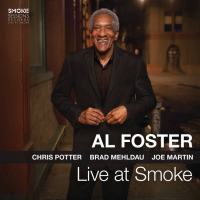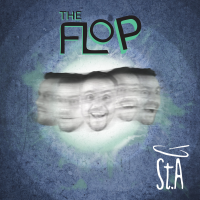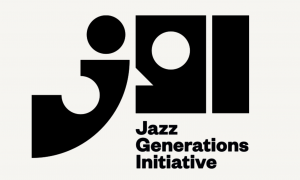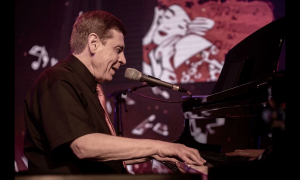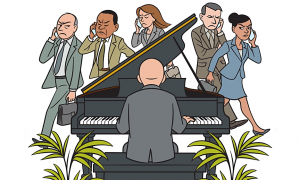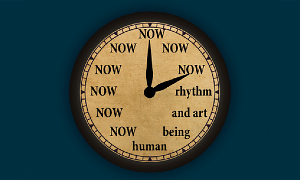THERE are two kinds of obsessive record collectors: those who buy original pressings of rare old LPs because they're rare and old, and those who buy them because they sound good.
In the jazz world one record label has attained near-mystical status among the antiquarians and the audiophiles: Blue Note, especially the albums released in its heyday, from 1955 to '67.
Mint-condition Blue Notes from that era sell in specialty stores and online auctions for hundreds of dollars, and in some cases, a few thousand.
Yes, they're available on compact disc, but the CDs lack the LPs' visual cool—the urban photos and silk-screen lettering on the hand-pasted cardboard covers—and fall far short of the first-edition vinyl's sonics: the vibrant horns, wood-thumping bass, head-snap drums and sizzling cymbals.
Lately a few audiophile companies have taken pains to recreate this golden-age experience. Working with the original master tapes and custom-built record-cutting gear, they're reissuing classic Blue Notes on 12-inch LPs that are not only made of pristine vinyl but also mastered to play at 45 revolutions per minute. Since 45 r.p.m. is about one-third faster than the 33 1/3 r.p.m. of standard LPs, each disc holds one-third less music, meaning that the tracks on a single album have to be spread out over two slabs of vinyl.
In the jazz world one record label has attained near-mystical status among the antiquarians and the audiophiles: Blue Note, especially the albums released in its heyday, from 1955 to '67.
Mint-condition Blue Notes from that era sell in specialty stores and online auctions for hundreds of dollars, and in some cases, a few thousand.
Yes, they're available on compact disc, but the CDs lack the LPs' visual cool—the urban photos and silk-screen lettering on the hand-pasted cardboard covers—and fall far short of the first-edition vinyl's sonics: the vibrant horns, wood-thumping bass, head-snap drums and sizzling cymbals.
Lately a few audiophile companies have taken pains to recreate this golden-age experience. Working with the original master tapes and custom-built record-cutting gear, they're reissuing classic Blue Notes on 12-inch LPs that are not only made of pristine vinyl but also mastered to play at 45 revolutions per minute. Since 45 r.p.m. is about one-third faster than the 33 1/3 r.p.m. of standard LPs, each disc holds one-third less music, meaning that the tracks on a single album have to be spread out over two slabs of vinyl.



